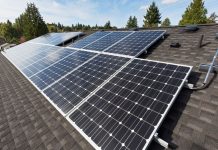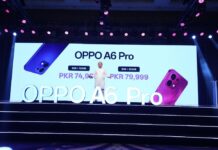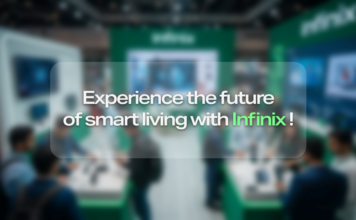Google has unveiled two new Pixel smartphones with higher-quality cameras, a radar sensor, and a virtual assistant, but smartphone experts say they haven’t done enough to distinguish the two devices from their competitors.
Google announced the “Pixel 4” phone, which comes in two sizes, and its first laptop at an average price, and the first wireless earbuds, in addition to updates to the device to guide the wireless network, and a smart speaker the size of a burger sandwich.
Google invaded the hardware industry about four years ago, betting that its products will be equipped with AI capabilities faster and better than competitors and that consumers will want such advantages. But that strategy has so far produced mixed results.
Its low-priced devices top the sales, but they are far from steering profits. Higher-priced devices, such as the Pixel phone, have gained limited momentum compared to industry-leading products such as Samsung and Apple, due to their limited marketing.
Device analyst at Counterpoint, a technology market research firm, Maurice Klein, said people were “Starting to look for cheaper smartphone options instead of buying a premium phone in the superclass, priced at more than $ 800”.
Pixel 3A raised Google’s smartphone sales to 4.1 million devices in the first half of 2019, compared with 4.7 million for the whole of 2018, according to IDS technology market research.
But Google’s share of second-quarter smartphone shipments remains below 1 percent, according to the research firm itself.
Google’s introduction of the new devices is thoughtful, but the company says the mere presence of devices in the market has been beneficial to its brand.
The fourth-generation Pixel starts at $ 799 for a 5.7-inch screen and $ 899 for a 6.3-inch screen. For the first time, the product sells to all four major US mobile phone operators.
A new feature, based on radar technology, enables users to browse songs or make other commands by waving a hand over the screen.
The telephones are also equipped with telephoto lenses and improved night photography software. The integration of the Google Digital Assistant into the device has been deepened to accelerate response time.
Pixel’s production manager, Cherie Lynn, said Google had tested adding 5G technology but concluded that “it doesn’t work very well when there are trees and buildings on the way.”
“We are working with telecom operators, and we need them to finish building the infrastructure before we can start to pass on the (new technology) cost to others”, he added.


























